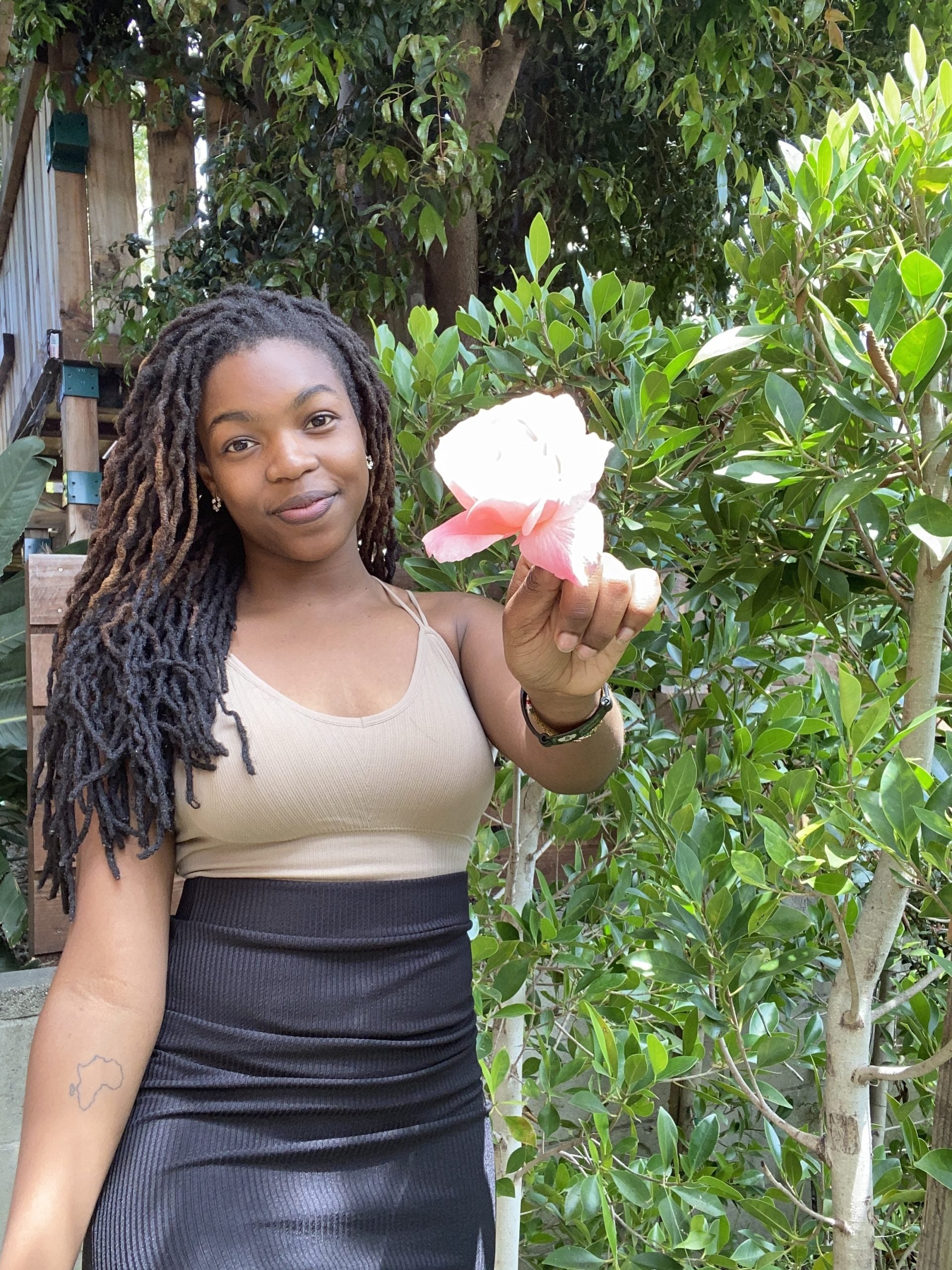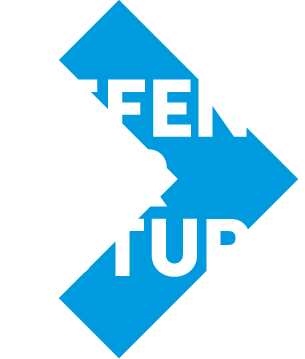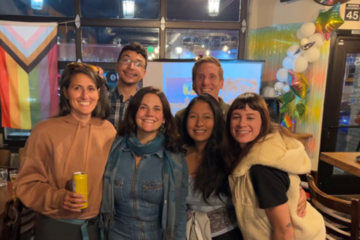The best way to address eco-anxiety is to learn about it

Nyasaina in her hometown
Growing up in Nairobi, Kenya, I have been privileged to embrace many perspectives regarding environmental matters. These experiences have broadened my understanding and enriched my worldview. Among my greatest inspirations is Wangari Maathai. She was a renowned environmental activist known for founding the Green Belt Movement, a grassroots organization focused on environmental conservation and women’s rights. Her unwavering commitment to environmental transformation has shown how unity is a beacon of hope. Her legacy is a powerful reminder that intentional collective actions, such as combatting deforestation through tree-planting campaigns, can create profound change. Yet, recent experiences have also made me aware of how minor problems can accumulate and contribute to an overwhelming weight of eco-anxiety.
Eco-anxiety is the persistent feeling of stress and being overwhelmed by current and pending environmental issues. It is a complex, multifaceted issue influenced by geographic, social, individual and cultural dynamics.
Young people and eco-anxiety
Many Millennials, Gen Z, and Gen Alpha have witnessed troubling environmental changes in their lifetimes, including flash floods, deforestation, poaching, wildfires, and disappearing species. These overwhelming environmental shifts create a growing sense of unease, like a slowly settling heavy weight on our chests. This is eco-anxiety in action, growing from realizing how far-reaching and devastating the impacts of environmental issues are.
How sea level rise not only threatens polar bears but also leads to entire communities seeking refuge from rising tides.
How plastic waste not only kills turtles but can lead to life-threatening flash floods.
How deforestation not only contributes to species extinction through habitat disruption but also destroys ancestral lands of indigenous communities.

We have witnessed climate injustice, watched documentaries on urgent environmental issues, lived through the extinction of the Western Black Rhino and the Spix’s Macaw (also known as Blu from the animation Rio), and it continues to worsen. We feel and hear about the destabilizing effects of environmental feedback loops constantly, from extreme snow days in the winter season, late summers, scorching heat waves, and conflict over limited water supplies.
From anxiety to action
For young people, this existential threat to plants, animals, and people is internally disruptive because we have a strong sense of responsibility to the planet and our generation. It is our duty to form intergenerational connections to reverse the harm and efficiently form a sustainable future. Having a stable environment should not be a luxury; it should be a necessity for all people.
If understood and openly discussed, eco-anxiety can ignite motivation and drive individuals to create meaningful change in our quest for a more sustainable world. As a Kenyan woman who is deeply connected to – and has experienced the plight of – systemically marginalized communities, I know that eco-anxiety extends beyond personal concerns. It is a call to amplify the voices of those who lack resources and whose stories often go untold. In the words of Lin-Manuel Miranda, “Who lives, who dies, who tells your story?”
Expanding our understanding
With this understanding, I am compelled to dedicate my next blog to shedding light on the experiences of various intersecting groups that experience eco-anxiety. By sharing their stories, we can foster empathy, inspire collective action, and pave the way toward a future where no voice is silenced. The struggle against eco-anxiety and environmental issues has become a shared journey toward hope and resilience. Together, let us uncover these narratives and forge a path toward a more inclusive and sustainable world for all.




